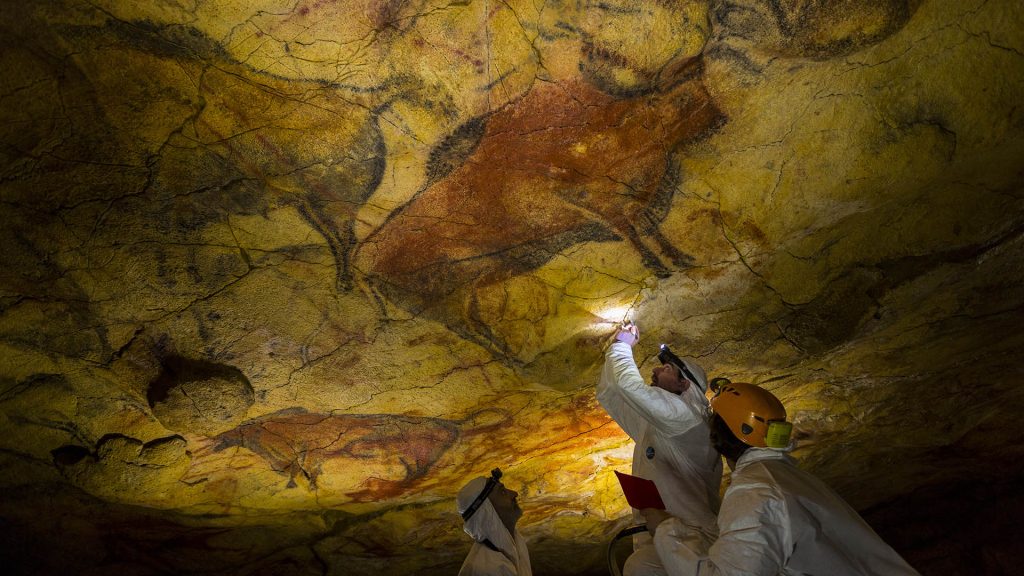Introduction
The world of prehistoric cave paintings is a fascinating realm that offers a glimpse into the ancient human experience. These primitive yet profoundly expressive artworks tell stories of our ancestors, their beliefs, and the world they inhabited. In this article, we embark on a journey to explore some of the most renowned prehistoric cave paintings, from the mystical caves of Lascaux to the captivating art of Altamira.
Lascaux Cave
The Lascaux Cave, located in southwestern France, is a UNESCO World Heritage Site renowned for its breathtaking Paleolithic art. Discovered in 1940, the cave is adorned with vivid depictions of animals, including horses, bison, and deer. These lifelike paintings provide valuable insights into the daily lives and hunting practices of ancient humans.

Cave of Altamira
Situated in northern Spain, the Cave of Altamira boasts a stunning collection of prehistoric art dating back over 20,000 years. Its most famous feature is the exquisite polychrome ceiling, adorned with depictions of bison and other animals. The Altamira cave art represents a pinnacle of Upper Paleolithic creativity.
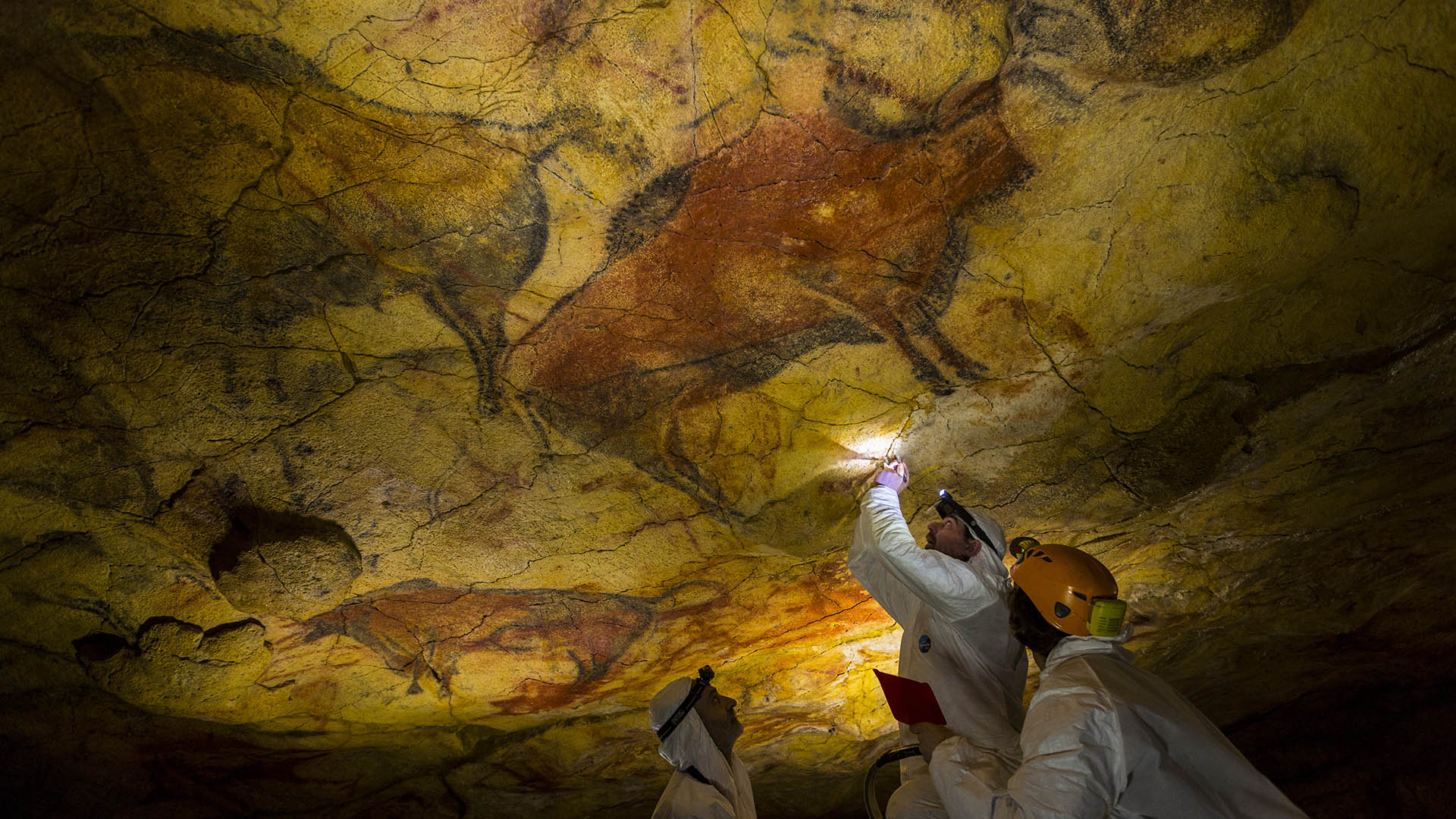
Chauvet Cave
Nestled in the Ardèche region of France, the Chauvet Cave houses some of the oldest known cave paintings in the world. Discovered in 1994, these artworks date back to approximately 36,000 years ago and depict a wide array of animals, including lions, mammoths, and rhinoceroses. The cave’s preservation is a testament to the remarkable artistry of ancient humans.
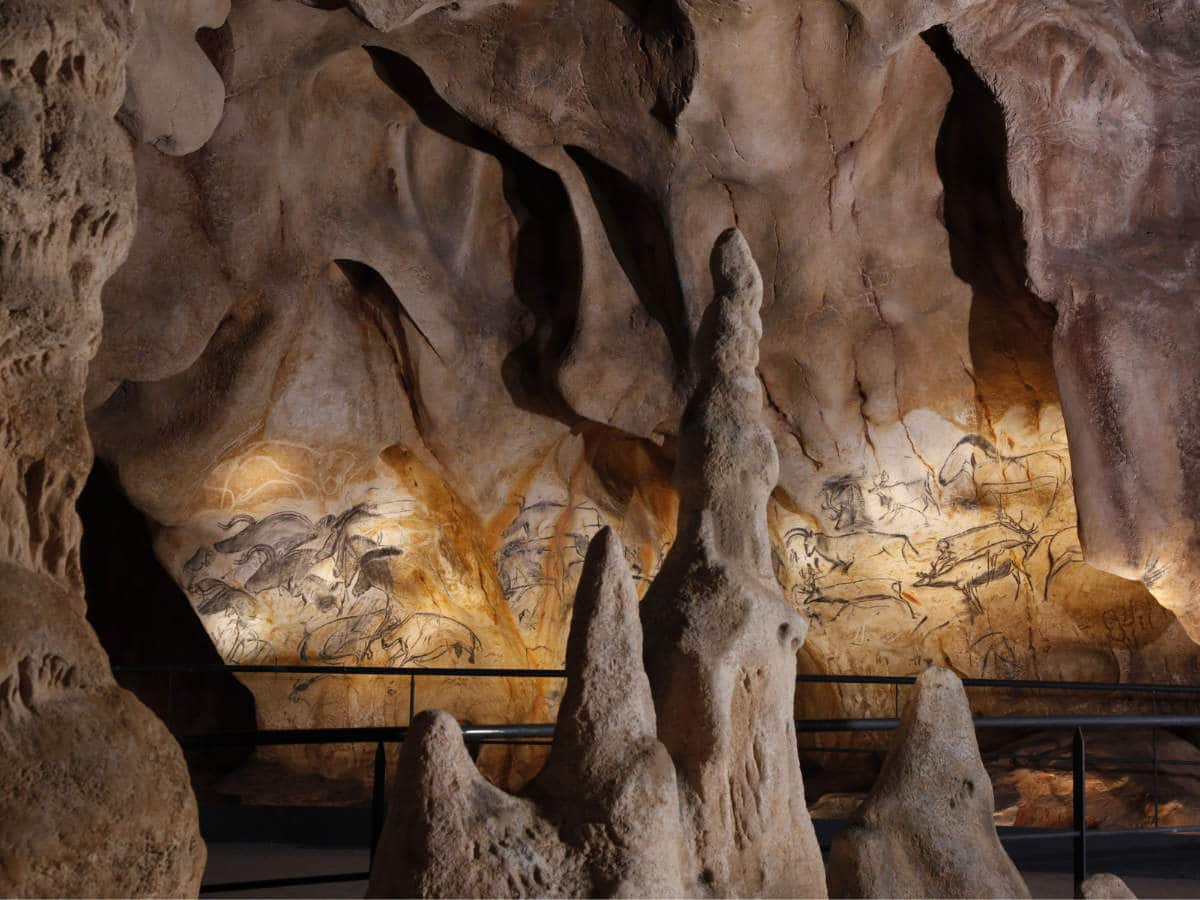
Cueva de las Manos
Located in Argentina, Cueva de las Manos (Cave of Hands) is renowned for its striking hand stencils and vibrant rock art dating back 9,000 to 13,000 years. This site offers a unique glimpse into the spiritual and cultural practices of the early inhabitants of South America.
Apollo 11 Cave
Situated in Namibia, the Apollo 11 Cave is famous for its stone slabs featuring animal engravings and abstract symbols. These artworks are estimated to be around 27,000 years old, making them some of the earliest forms of art in Africa.
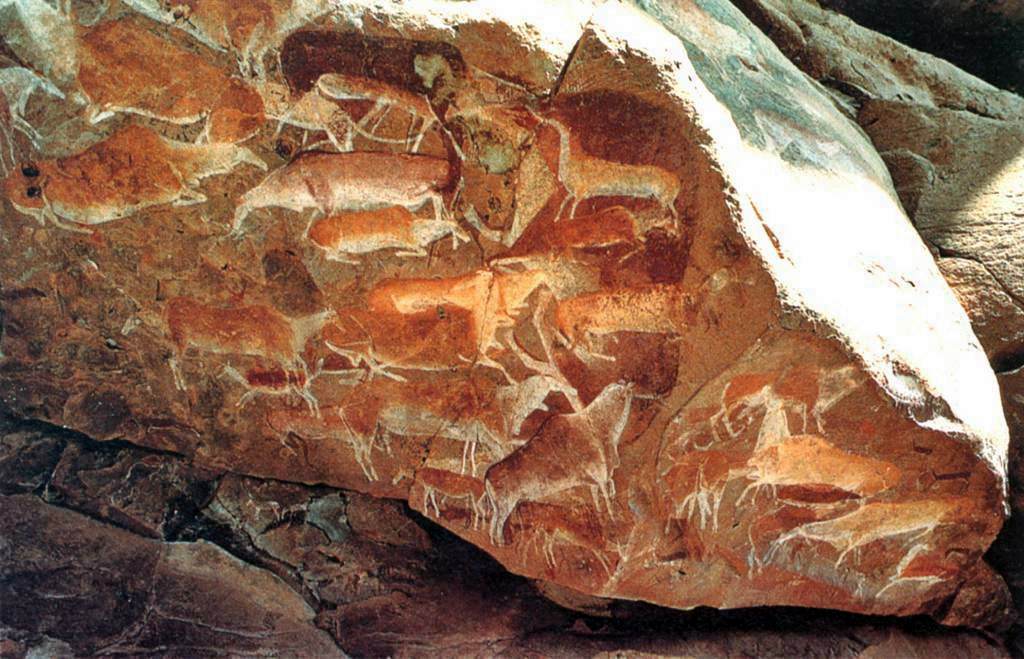
Laas Gaal
In the Somaliland region of Africa, Laas Gaal shelters an astonishing collection of rock paintings, some of which are believed to be over 10,000 years old. These vibrant depictions offer insights into the daily lives and beliefs of ancient pastoralists.
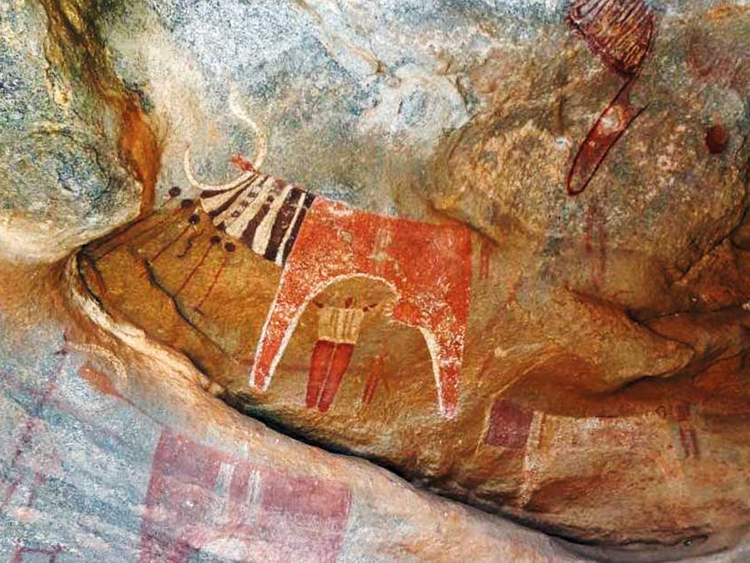
Grotte de Font-de-Gaume
Found in France’s Dordogne region, the Grotte de Font-de-Gaume is celebrated for its stunning polychrome paintings and engravings. This cave is one of the few places where visitors can still witness original prehistoric art, providing an authentic connection to our ancient heritage.

Tassili n’Ajjer National Park
Located in Algeria, Tassili n’Ajjer National Park is a treasure trove of prehistoric rock art, spanning thousands of years. The park’s intricate carvings and paintings illustrate the changing landscapes and cultures of the Sahara Desert region.

Pech Merle
Situated in France’s Lot region, Pech Merle is home to striking cave art that includes paintings of horses, mammoths, and handprints. The combination of natural beauty and ancient art makes this cave a must-visit destination for history enthusiasts.
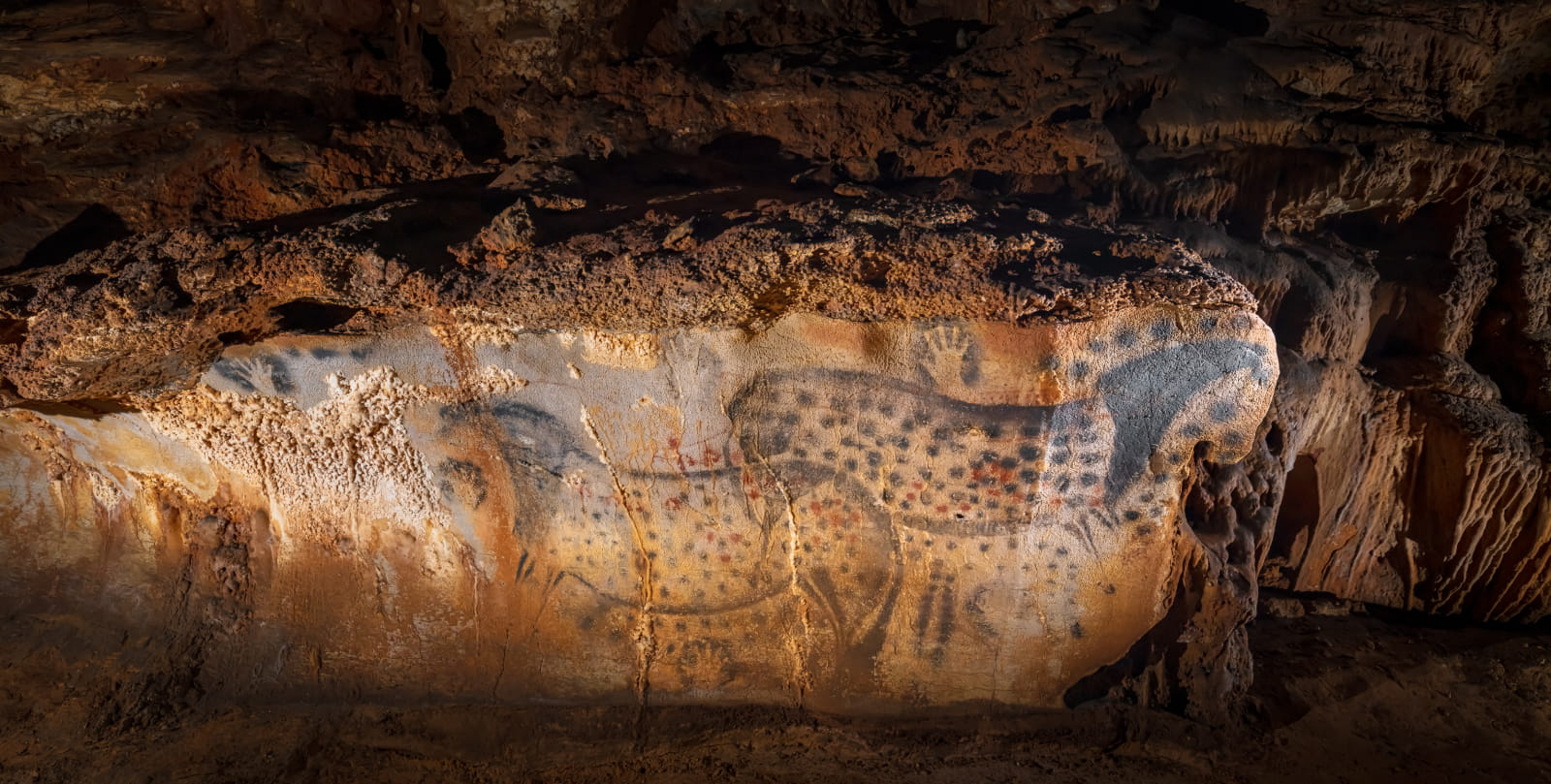
Conclusion
Prehistoric cave paintings are not merely ancient relics; they are windows into the souls of our ancestors. These remarkable artworks, found in locations as diverse as Lascaux, Altamira, Chauvet, Cueva De Las Manos, Tassili N’ajjer, and Pech Merle, continue to inspire awe and wonder. They remind us of the enduring human spirit, our connection to the natural world, and the timeless power of artistic expression. Exploring these caves is not just a journey into the past; it’s a journey into the very essence of what it means to be human.
The Inextricable Link Between Cave Art Tourism and Job Opportunities in India

